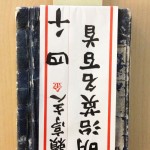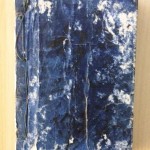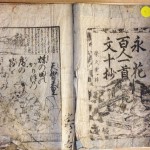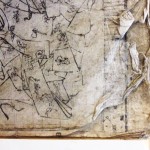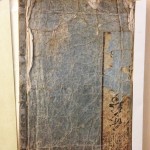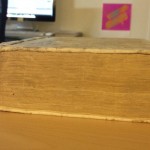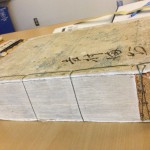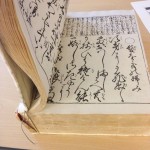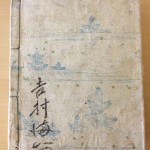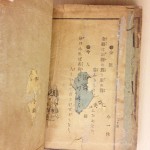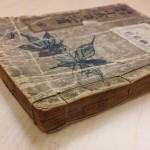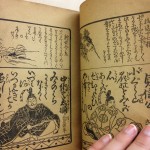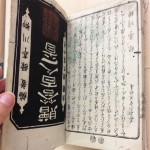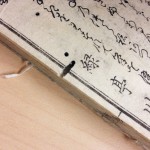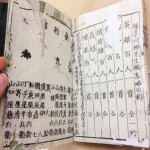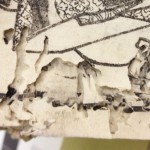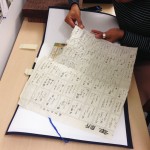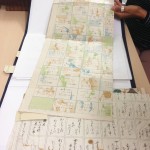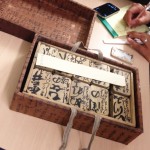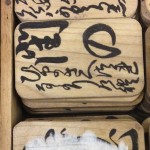In an earlier post in our How We Digitize series, I spoke with UBC Library conservator, Anne Lama, about her role here at UBC and at the Digitization Centre.
Anne was here again a couple of weeks ago to work with students and the project leader of the One Hundred Poets project to determine what types of conservation treatments some of the materials may need before they get digitized.
The One Hundred Poets project is centered around a collection of largely Edo-period (1615-1868) material focusing on The One Hundred Poets, One Poem Each (Hyakunin isshu, hereafter HNIS) poetry collection, edited by the famous poet and scholar Fujiwara no Teika (1162-1241). This project is part of a larger project with Professor Joshua Mostow of the Department of Asian Studies and Shirin Eshghi of UBC’s Asian Library to digitize materials, create a database, as well as host seminars and exhibits. These works once digitized will complement the Library’s other major Japanese digital collection, the Beans Tokugawa Map Collection—one of the three most important collections of Edo-period Japanese maps in the world.
Some questions we had to consider:
- What kinds of treatment or repairs do the objects need?
- To what extent do we repair or conserve these objects so that we can digitize them properly, but ensure they do not loose any historical significance?
- Which objects have priority and why?
- What is the best method of scanning each fragile object?
Below are some images of materials Anne and the students looked at (click on any of the images to increase its size):
This volume has very tight binding, which restricts the amount of information we can get when trying to open the volume. Not only does the tight binding make it more difficult to read the text and view all of the images, it also makes it very difficult to scan the volume.
- Book cover (recto).
- Tight binding.
- Book cover (verso).
- Tight binding restricts opening the book.
The main concern for this volume is that the pages are very soft and fragile as they have incurred a lot of damage, including crinkled and torn pages.
- Fragility of the paper is the main concern.
- Will have to flatten paper to read the text.
- Cover (recto) of text.
This large hardcover volume has a very tight original binding that obscures the text. We are hesitant to remove or change the original binding because it will loose its historical significance.
- Very thick (yet surprisingly light) volume.
- Original binding.
- The tight binding restricts viewing all the text.
- Front (recto) of volume.
Many of the pages in this text are stuck together and the paper is very acidic.
- Front (recto) of text.
- Torn, crumpled pages.
- Sewing from binding coming apart.
- Very acidic paper.
This volume has been severely damaged by insects.
- Text open.
- Close up of damage left behind by insects.
- Text is missing due to damage of insects.
- Close up multiple page damage by insects.
These oversized maps have to be flattened and strengthened.
- Fragile paper.
- Folded map.
The stickers need to be removed from these wooden blocks.
